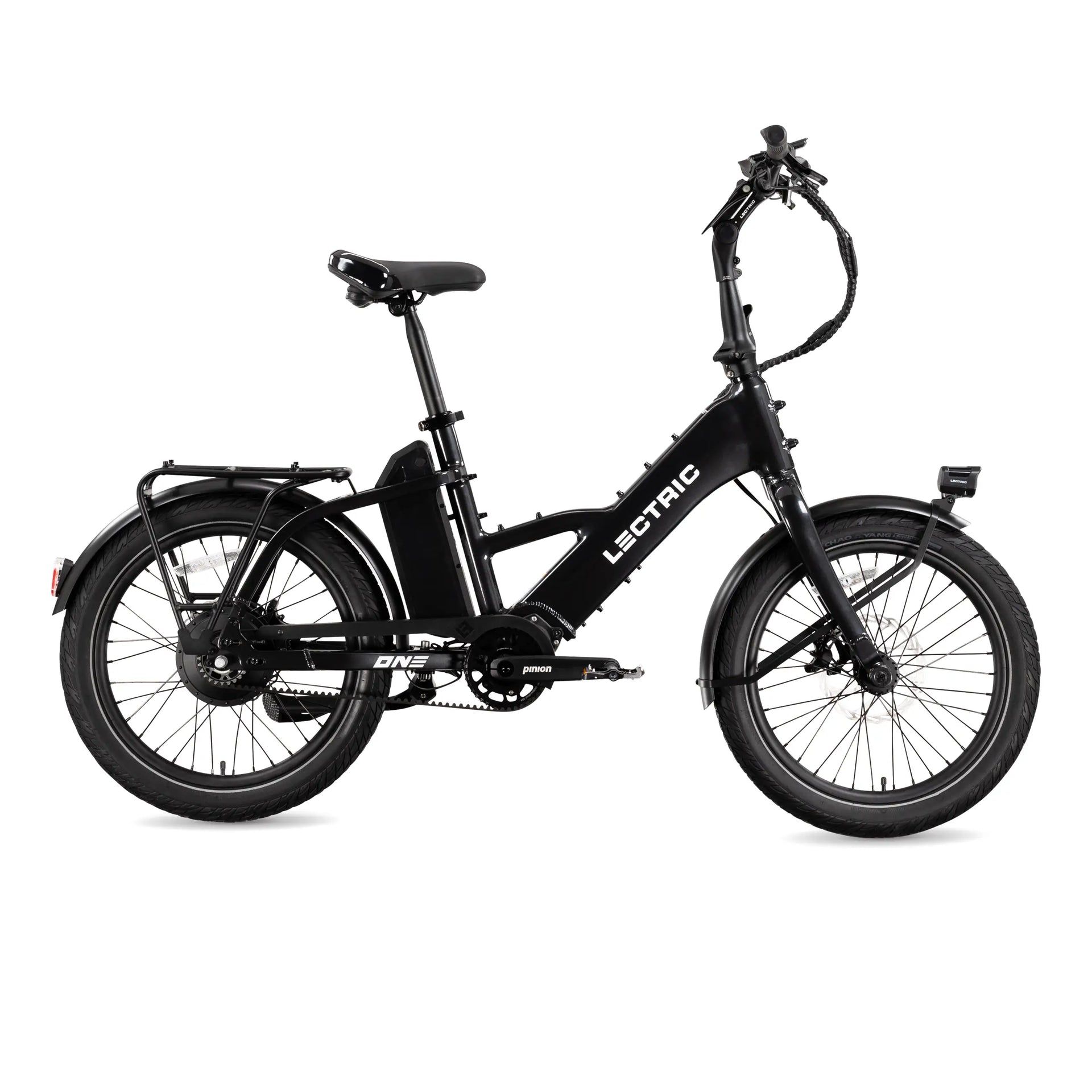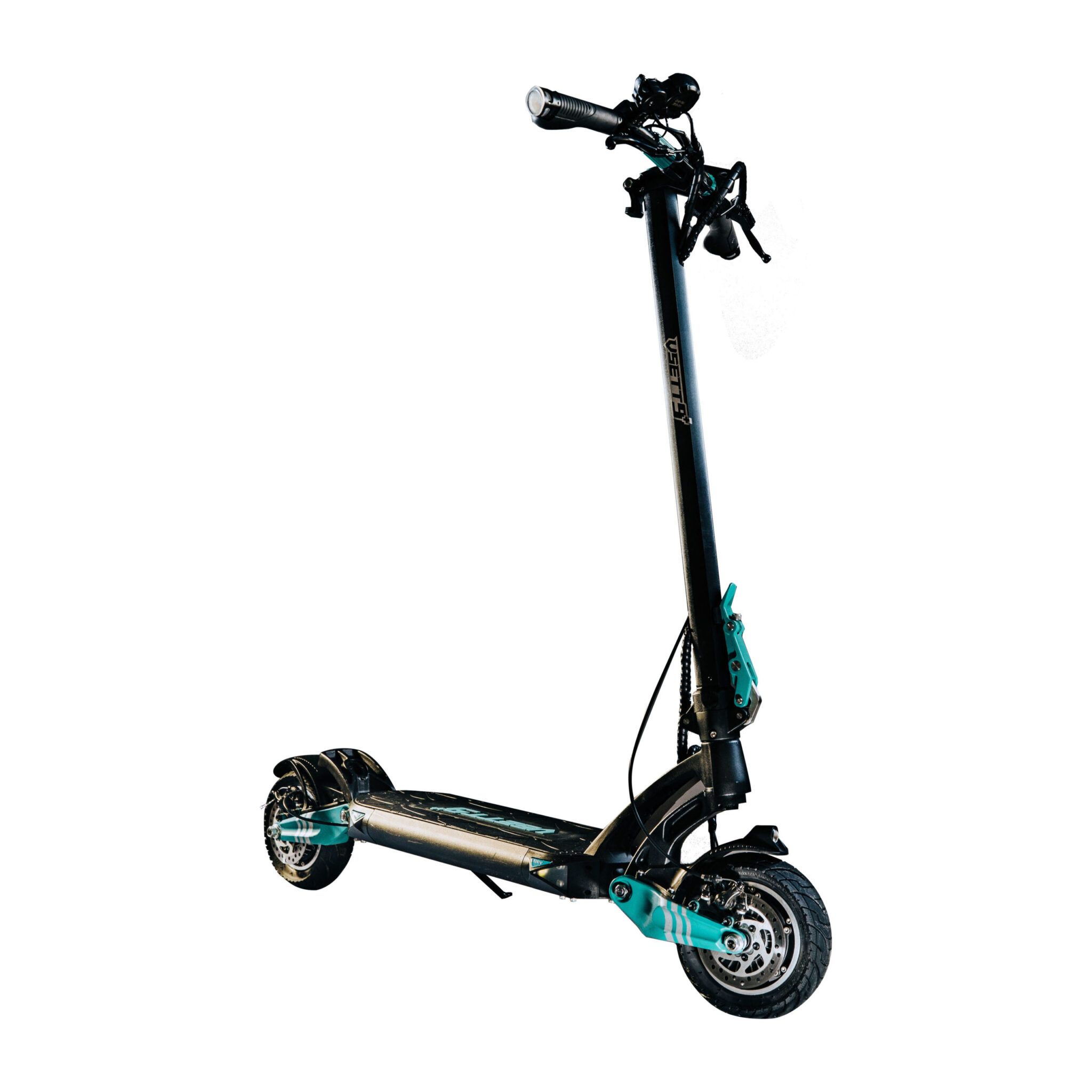How to install a electric start on a motorcycle?
Installing an electric start on a Motorcycle is a complex process that involves several technical steps. It is recommended to consult a professional mechanic or refer to the Motorcycle's user manual for precise instructions. However, here is a general overview of the installation process:
1. Gather the necessary tools and equipment: The installation may require a variety of tools such as wrenches, screwdrivers, wire connectors, and a multimeter.
2. Disconnect the battery: Prior to any installation work, ensure that the Motorcycle's battery is disconnected to prevent any electrical accidents.
3. Identify the starting system: Determine the type of electric start system that is compatible with your Motorcycle. There are various options available in the market, so choose the One that best suits your needs and Motorcycle model.
4. Remove the kick starter (if necessary): If your Motorcycle already has a kick starter, it may need to be removed to make space for the electric start system. Refer to your Motorcycle's user manual for guidance on this step.
5. Install the electric starter motor: Mount the electric starter motor in the designated location. Ensure proper alignment and secure it tightly using the provided mounting brackets and hardware.
6. Connect the starter motor: Connect the starter motor to the Motorcycle's electrical system. This usually involves connecting the motor's positive and negative terminals to the battery and grounding it to the Motorcycle's frame.
7. Wire the ignition switch: Install and wire the ignition switch in a convenient location on the Motorcycle's handlebars. This switch will control the electric start system.
8. Check the wiring connections: Double-check all the wiring connections to ensure they are secure and properly connected. Use a multimeter to test for continuity and eliminate any potential electrical issues.
9+. Test the electric start system: Reconnect the Motorcycle's battery and test the electric start system. Make sure the engine cranks smoothly and starts without any issues.
10+. Final adjustments and troubleshooting: Adjust any necessary components and troubleshoot any problems that may arise during the testing phase. Refer to the installation instructions or consult a professional if needed.
Remember, it's crucial to exercise caution and follow the specific instructions for your Motorcycle model during the installation process. If you are unsure about any step, it is highly recommended to seek assistance from a professional mechanic to ensure a safe and successful installation.
1. Gather the necessary tools and equipment: The installation may require a variety of tools such as wrenches, screwdrivers, wire connectors, and a multimeter.
2. Disconnect the battery: Prior to any installation work, ensure that the Motorcycle's battery is disconnected to prevent any electrical accidents.
3. Identify the starting system: Determine the type of electric start system that is compatible with your Motorcycle. There are various options available in the market, so choose the One that best suits your needs and Motorcycle model.
4. Remove the kick starter (if necessary): If your Motorcycle already has a kick starter, it may need to be removed to make space for the electric start system. Refer to your Motorcycle's user manual for guidance on this step.
5. Install the electric starter motor: Mount the electric starter motor in the designated location. Ensure proper alignment and secure it tightly using the provided mounting brackets and hardware.
6. Connect the starter motor: Connect the starter motor to the Motorcycle's electrical system. This usually involves connecting the motor's positive and negative terminals to the battery and grounding it to the Motorcycle's frame.
7. Wire the ignition switch: Install and wire the ignition switch in a convenient location on the Motorcycle's handlebars. This switch will control the electric start system.
8. Check the wiring connections: Double-check all the wiring connections to ensure they are secure and properly connected. Use a multimeter to test for continuity and eliminate any potential electrical issues.
9+. Test the electric start system: Reconnect the Motorcycle's battery and test the electric start system. Make sure the engine cranks smoothly and starts without any issues.
10+. Final adjustments and troubleshooting: Adjust any necessary components and troubleshoot any problems that may arise during the testing phase. Refer to the installation instructions or consult a professional if needed.
Remember, it's crucial to exercise caution and follow the specific instructions for your Motorcycle model during the installation process. If you are unsure about any step, it is highly recommended to seek assistance from a professional mechanic to ensure a safe and successful installation.
Subscribe to Ride Review
Sign up for free for the Ride Review Newsletter - the world's largest newsletter about small electric vehicles - and have chances to win our electric bike and scooter giveaways. Trusted by over 60,000 riders around the world.

Join Ride Review Newsletter
The largest newsletter for small electric vehicles. No spam, just rides!
Join Ride AI Newsletter
We track how technology is changing the way we move.
When you purchase through links on our site, we may earn an affiliate commission.



